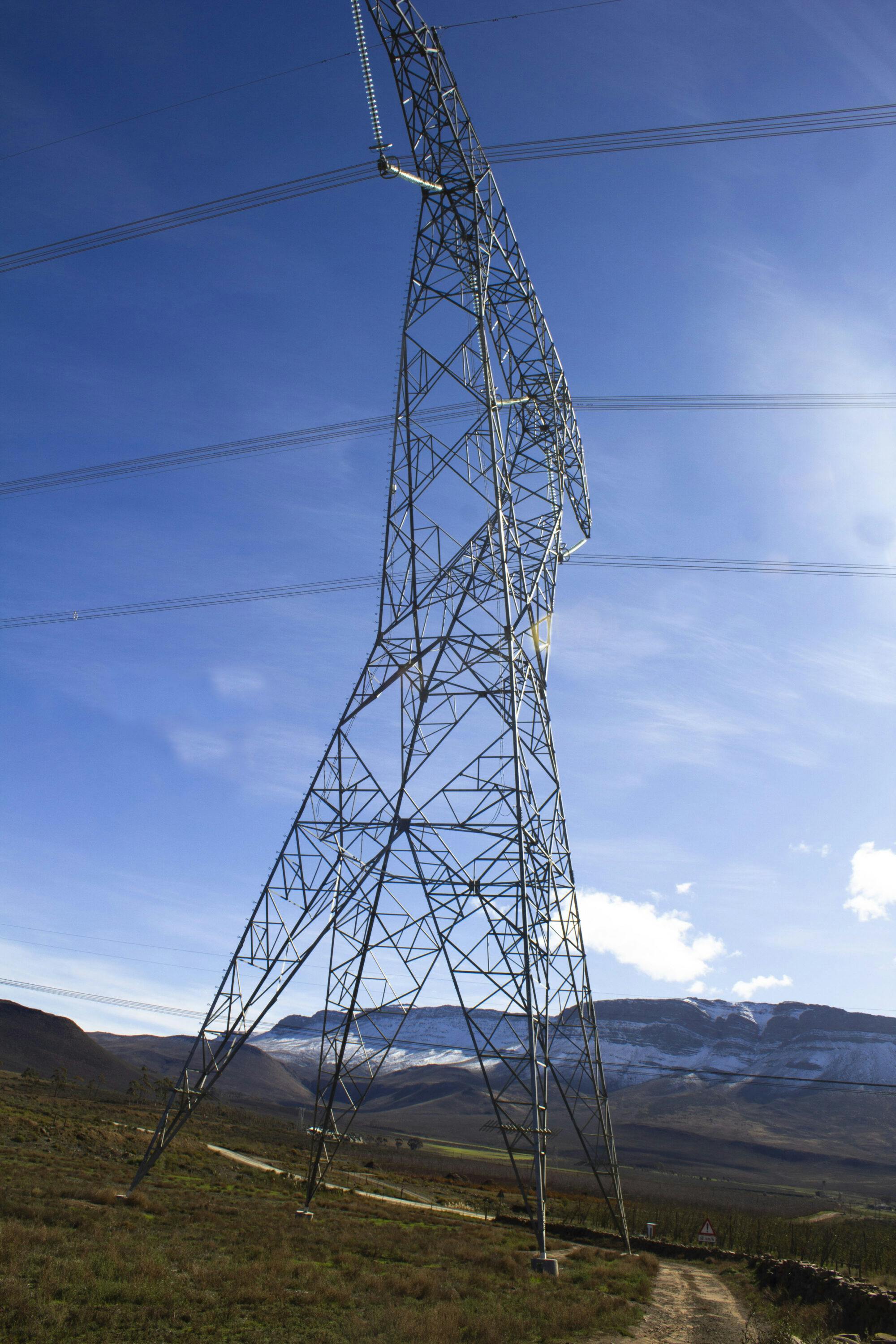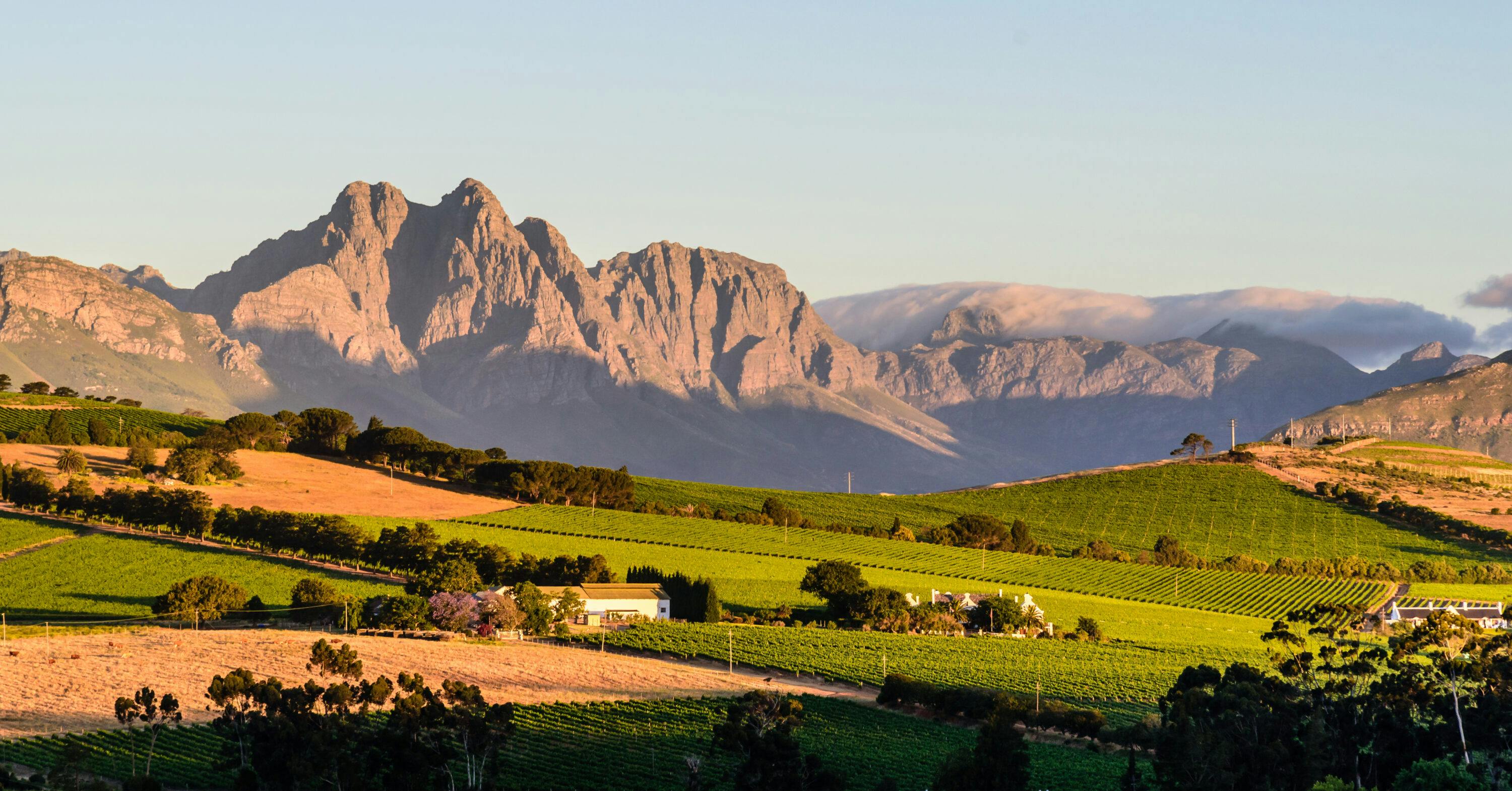
Expert opinion on issues that emerged in NERSA’s RfD on Eskom’s 2014/15, 2015/16, and 2016/17 RCA applications
Kay Walsh was instructed by Gildenhuys Malatji Attorneys, on behalf of Eskom, to provide an expert opinion on matters relating to a series of decisions the National Energy Regulator of South Africa (NERSA) had made on three revenue clearing account (RCA) applications brought by Eskom for 2014/15, 2015/16, and 2016/17.
The dispute centred on two questions: firstly, how much South African’s should be paying for electricity supplied by Eskom and secondly, whether the decision’s NERSA had made on the RCA applications were just and reasonable.
Purpose of the study
The overall purpose of out report was to address several matters that are relevant to the legal dispute and that we believed required further clarification. The team at Nova Economics provided an assessment of the following four broad issues:
- The extent to which NERSA was allowed, in terms of the regulatory framework, to exercise discretion in determining electricity tariffs.
- Whether average tariff subsidies were an effective way of mitigating the impact of rising electricity on the economy and vulnerable groups
- Whether NERSA’s claim that Eskom’s current tariffs were adequate to ensure its financial viability
- Whether NERSA’s claim that Eskom was at material risk of entering a utility death spiral was valid.
Key Findings
On the first question, we concurred with the findings of the high court in Eskom vs. NERSA that the regulatory framework did allow NERSA some discretion in determining Eskom tariff based on public interest considerations. However, we found that the regulatory framework was also clear that in striving to balance several competing objectives, the regulator must give the principle of allowing a utility to recover its ‘cost-of-service’ the greatest weight in its decision, to ensure the long-term viability of the electricity supply industry.
On the second issue we found that it was both necessary and desirable to mitigate the impact of rising energy prices on the poor, that there were more efficient and effective ways to achieve this than by introducing average tariff subsidies.
On the third issue we found there was little evidence to support NERSA’s claim that Eskom’s approved tariff was adequate to ensure its viability. Based on analysis of Eskom’s financial statements we found that Eskom’s 2018/19 tariff needed to rise by 24% to reach a cost-reflective level. We also found, that given the sheer magnitude of the R45billion shortfall in 2018/19 that the tariffs would be adequate to cover Eskom’s prudently and efficiently incurred costs.
Finally, we found that Eskom’s average tariff was historically under-priced and remained low in international terms. There was also little evidence to support NERSA’s claim that Eskom is at material risk of entering into a so-called “Utility Death Spiral” and that the term and its relevance to the South African Electricity Supply industry had been misunderstood.
Impact of the study
In its June 29, 2020 ruling, the North Gauteng High Court took the decision to set aside the three regulatory clearing account (RCA) determinations made by the NERSA for the financial years 2014/15, 2015/16 and 2016/17.
In his judgment, Judge Jody Kollapen found that NERSA had acted in manner that was inconsistent with the Constitution when determining, in July 2018, that Eskom be allowed to recoup R33-billion through tariff adjustments to be made between the 2019/20 financial year and 2023/24.
Judge Kollapen noted that Eskom had advanced a proper case for relief and that one of NERSA’s decision had been “premised on a fundamental factual error.”
